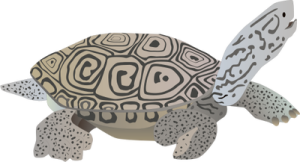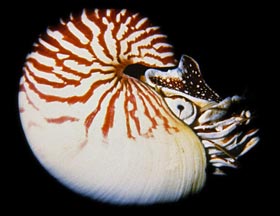Wow! What a fun question to research, thank you! (You’ll surely notice I was picky because there are many environmental activists in Hollywood but and tried to keep the list to those that focus on primarily oceans.)
I am such a fan of giving back no matter how much I believe we all make a difference. I find myself giving my time to local clean-ups, making contributions to Surfrider Foundation, National American Association of Environmental Education, or Mid-Atlantic Marine Educators Associations, and just in general pitching in where I can.
Here is a list of some celebrity ocean advocates.
Ted Danson, recently appeared before the House Committee on Natural Resources to testify again off-shore drilling. Board member of Oceana.
Sam Waterston board member of Oceana.
Pierce Brosnan donates his time and energy to Oceana, Waterkeeper Alliance, Ocean Futures Society, California Coastal Protection Network, among many others.
Cousin Jennifer did some lobbying and convinced me to put Hayden Panettiere on the list. She is an outspoken advocate for marine mammals (including I think a brief brush with the law for some protesting with Greenpeace). One of her main organizations for this platform is Save the Whales Again.
I know also that musician Jack Jackson has done quite a bit on behalf of the oceans.
For all the people listed above I’d like to say ‘thank you’ for giving a prominent voice to the oceans.
Added 5/9: By default I think that Ewan McGregor can be added to the list since he is rumored to play Paul Watson, founder of Greenpeace, in ‘Ocean Warrior‘.
Please feel free to let me know if you think of others. Just e-mail info@beachchairscientist.com!
Related articles
- Surfrider Foundation: Return (ibelieveinadv.com)
- Angela loves sea turtles as well as cats! (beachchairscientist.wordpress.com)












What people are saying …